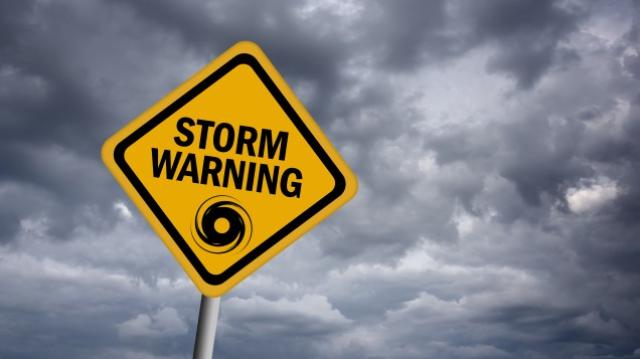providencemarianwood.org – “Storm Warning” is a term that captures our attention and prompts us to prepare for the impending force of nature. It is a critical component of weather forecasting, designed to alert individuals and communities to the potential hazards of severe weather. This article explores the importance of storm warnings, the technology behind them, and how they play a vital role in safeguarding lives and property.
The Science of Storm Warnings
Storm warnings are issued by meteorological agencies based on data collected from various sources such as satellites, radar, and weather stations. These warnings are the result of sophisticated models that analyze atmospheric conditions to predict the development and path of storms. The accuracy and timeliness of these warnings are crucial, as they provide individuals and authorities with the information needed to take preventative measures.
Types of Storm Warnings
There are several types of storm warnings, each tailored to specific weather events. These include warnings for thunderstorms, tornadoes, hurricanes, blizzards, and flash floods. Each type of warning specifies the expected severity, duration, and area of impact. Understanding the differences between these warnings helps communities better prepare for the specific challenges posed by each type of storm.
Technology and Innovation
Advancements in technology have significantly improved the accuracy and lead time of storm warnings. The integration of satellite imagery, Doppler radar, and computer modeling allows meteorologists to track storms with greater precision. Additionally, innovations such as mobile alerts and real-time updates ensure that warnings reach people quickly, no matter where they are.
The Role of Communication
Effective communication is essential in ensuring that storm warnings lead to action. This involves not only disseminating the warnings through multiple channels such as television, radio, and social media but also ensuring that the language used is clear and actionable. Community education programs also play a vital role in helping people understand what actions to take when a storm warning is issued.
Preparedness and Response
Storm warnings are not just about alerting the public; they are a call to action. Preparedness plans, such as having emergency supplies, securing property, and knowing evacuation routes, are essential components of an effective response. By heeding storm warnings and following safety guidelines, individuals can reduce the risk of injury and damage.
Conclusion
Storm warnings are a testament to our ability to harness technology and knowledge to predict and mitigate the impacts of severe weather. As climate change continues to affect weather patterns, the importance of accurate and timely storm warnings becomes even more critical. By respecting these warnings and preparing accordingly, we can protect ourselves and our communities from the formidable forces of nature.
